Robert Poughéon was born in Paris in 1886, he entered the National School of Decorative Arts in 1902, he joined the School of Fine Arts in Paris in 1907 where he followed the teaching of Fernand Cormon and Jean-Paul Laurens. Prix de Rome for painting in 1914, he stayed at the Villa Medici from 1919 to 1923. Exhibiting from 1911 at the Salon of French Artists, Poughéon honored several major decorative commissions in the 1930s, notably for the Parisian Church of the Holy Spirit and for the International Exhibition of Arts and Techniques of 1937. Professor at the Ecole des Beaux-Arts and at the Académie Julian, he briefly directed the Académie de France in Rome and became curator of the Jacquemart-André Museum. appointed Knight of the Legion of Honor in 1937. An eclectic artist and prolific draftsman, Poughéon practiced landscapes, portraits, still lifes as well as grand décor, sacred or profane, private or public, conceived as the privileged medium of art. history painting of which he aspired to continue the academic tradition. Strongly influenced by David, Ingres or Puvis de Chavannes, but also by cubist research, Poughéon is identified as the representative of a mannerist vein of Art Deco and attached to the "Rome group" gathered around the figure of Jean Dupas . He nevertheless develops a very personal and easily recognizable style by his concern for line and volumes, by his archaic way of simplifying, even of geometricizing, the forms, by the fantasy finally of his compositions, which registers him in a surrealist filiation .
He died in Neuilly sur Seine in 1955.


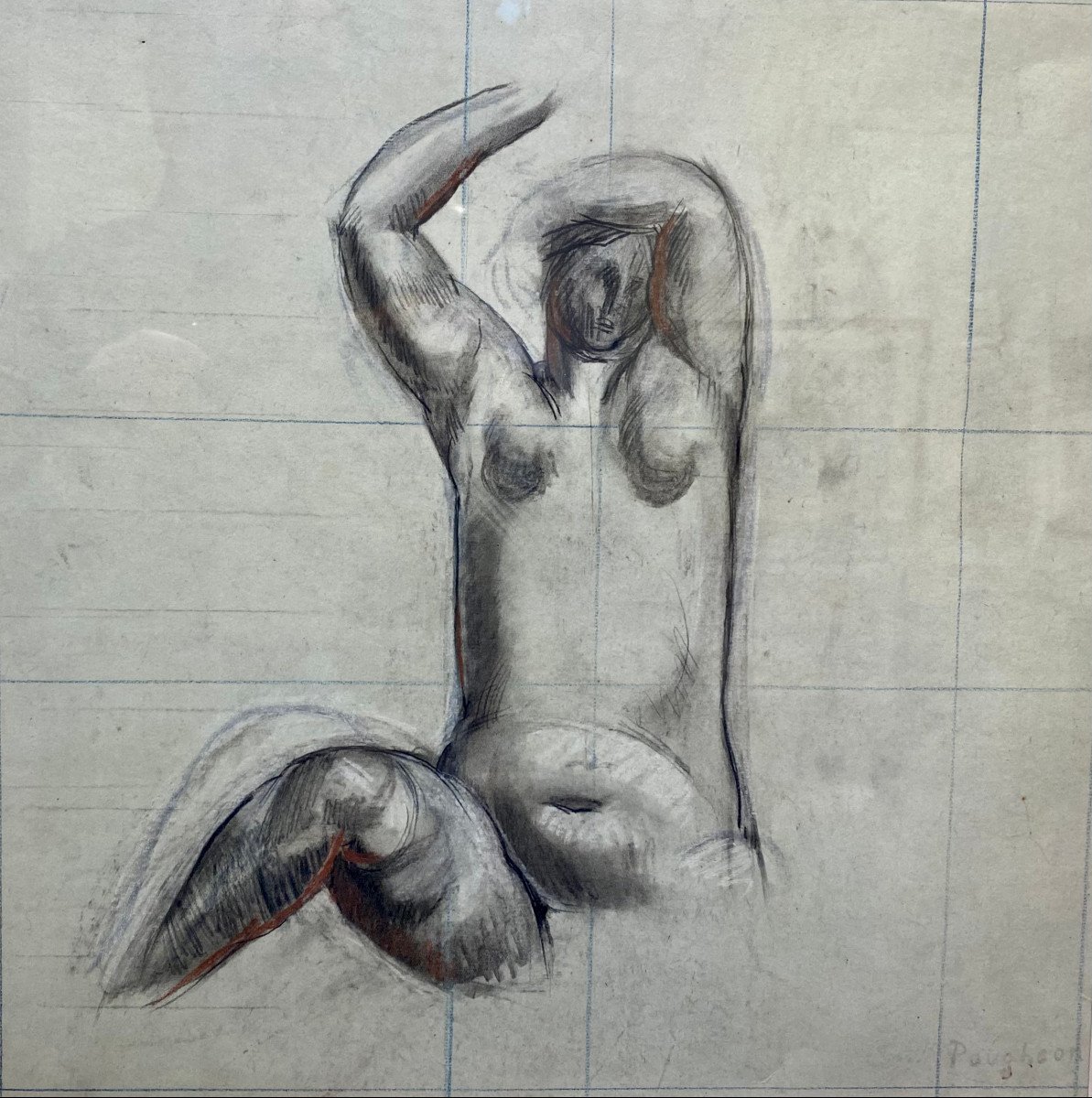
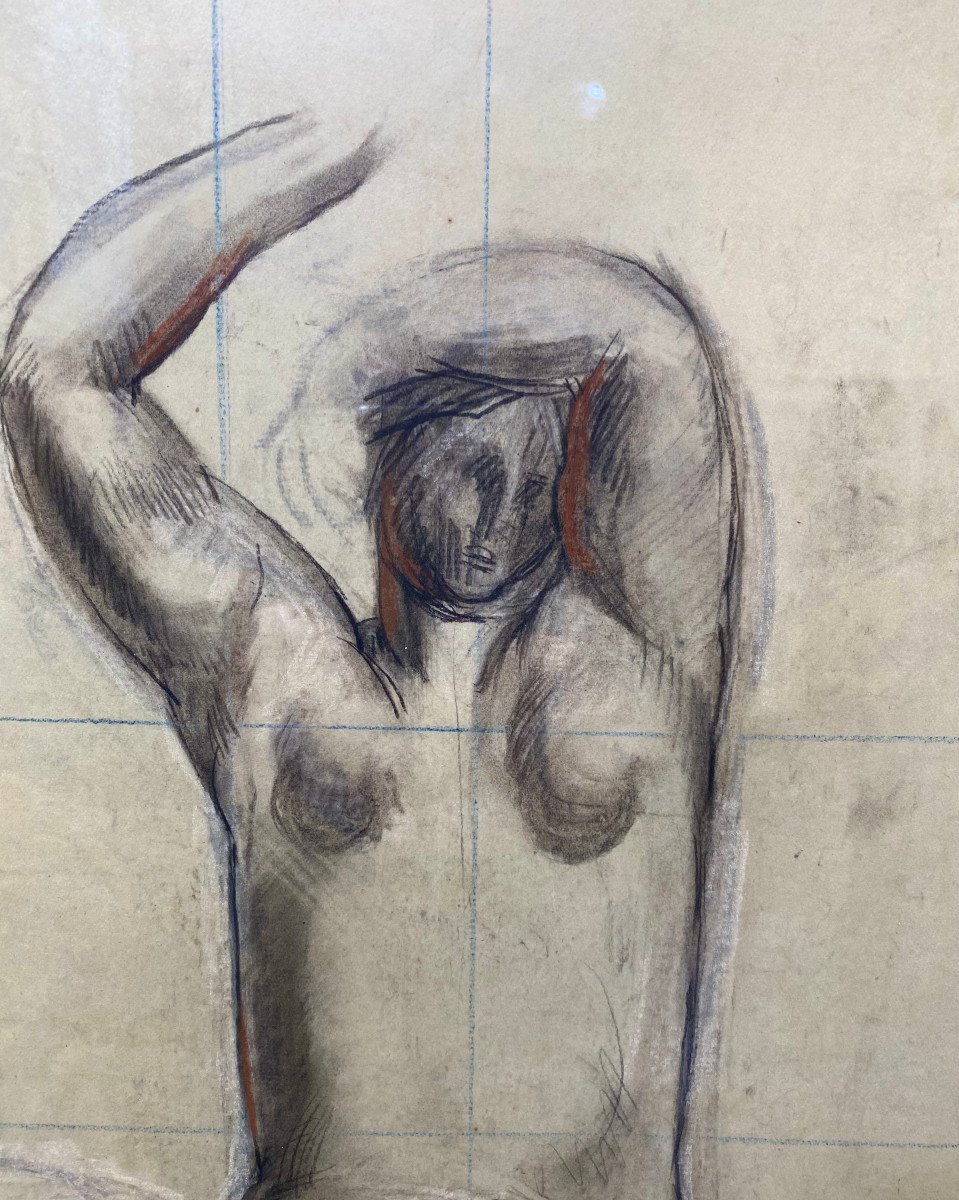
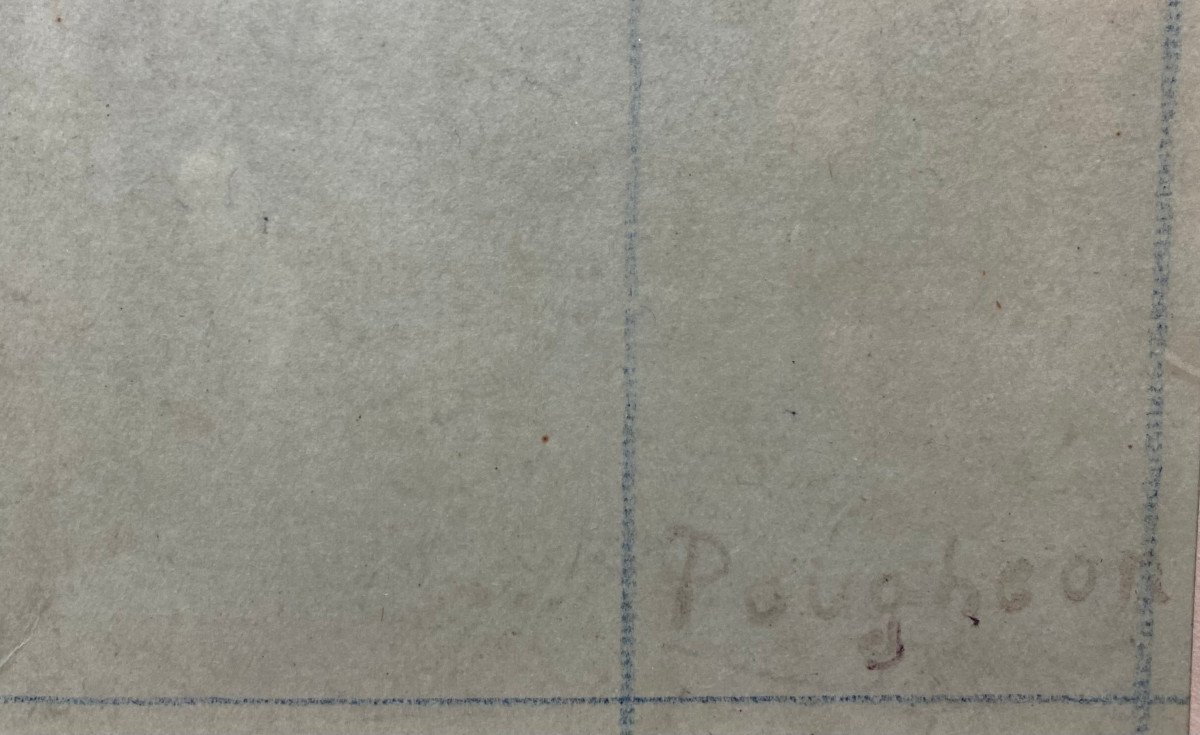
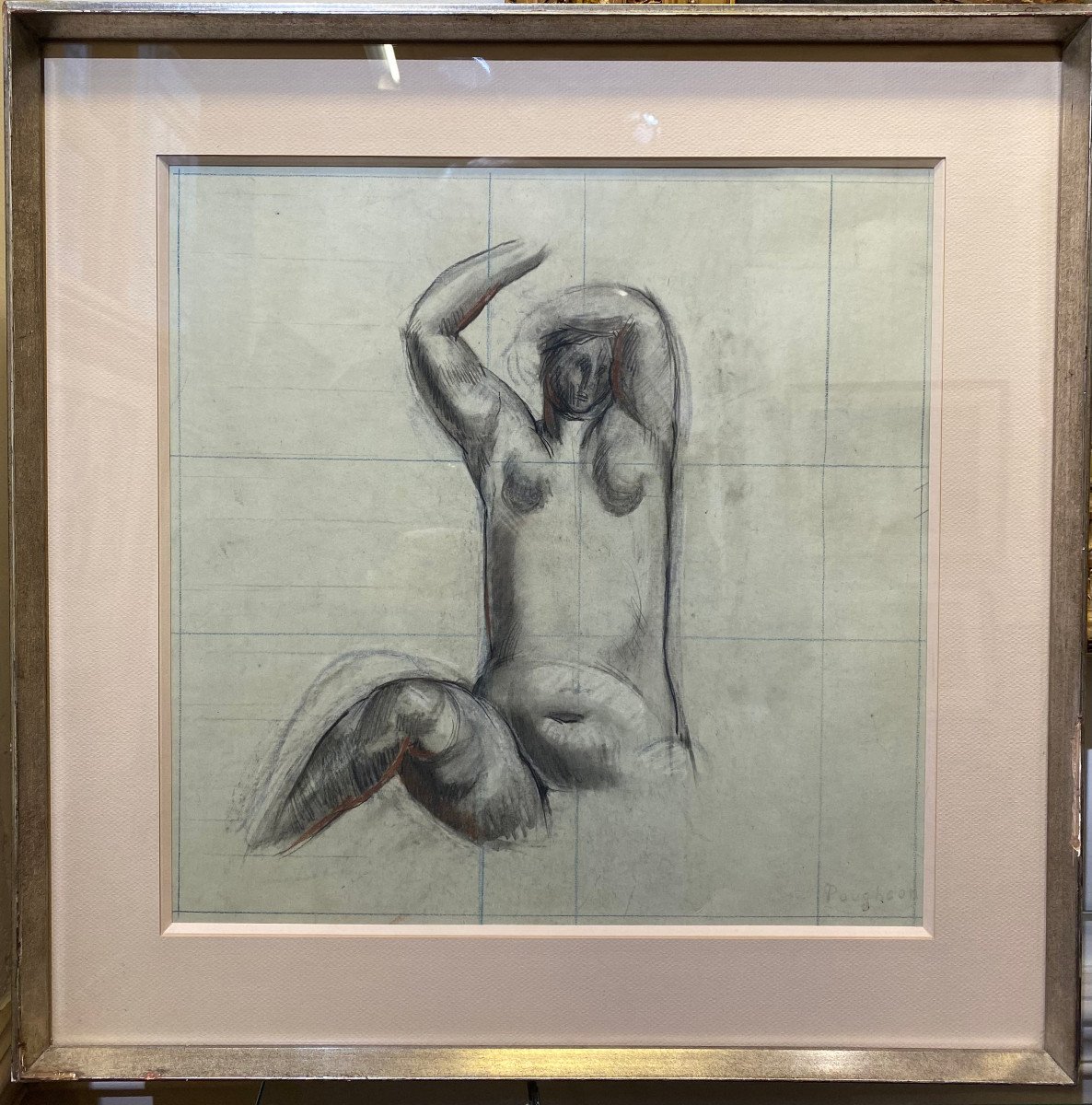
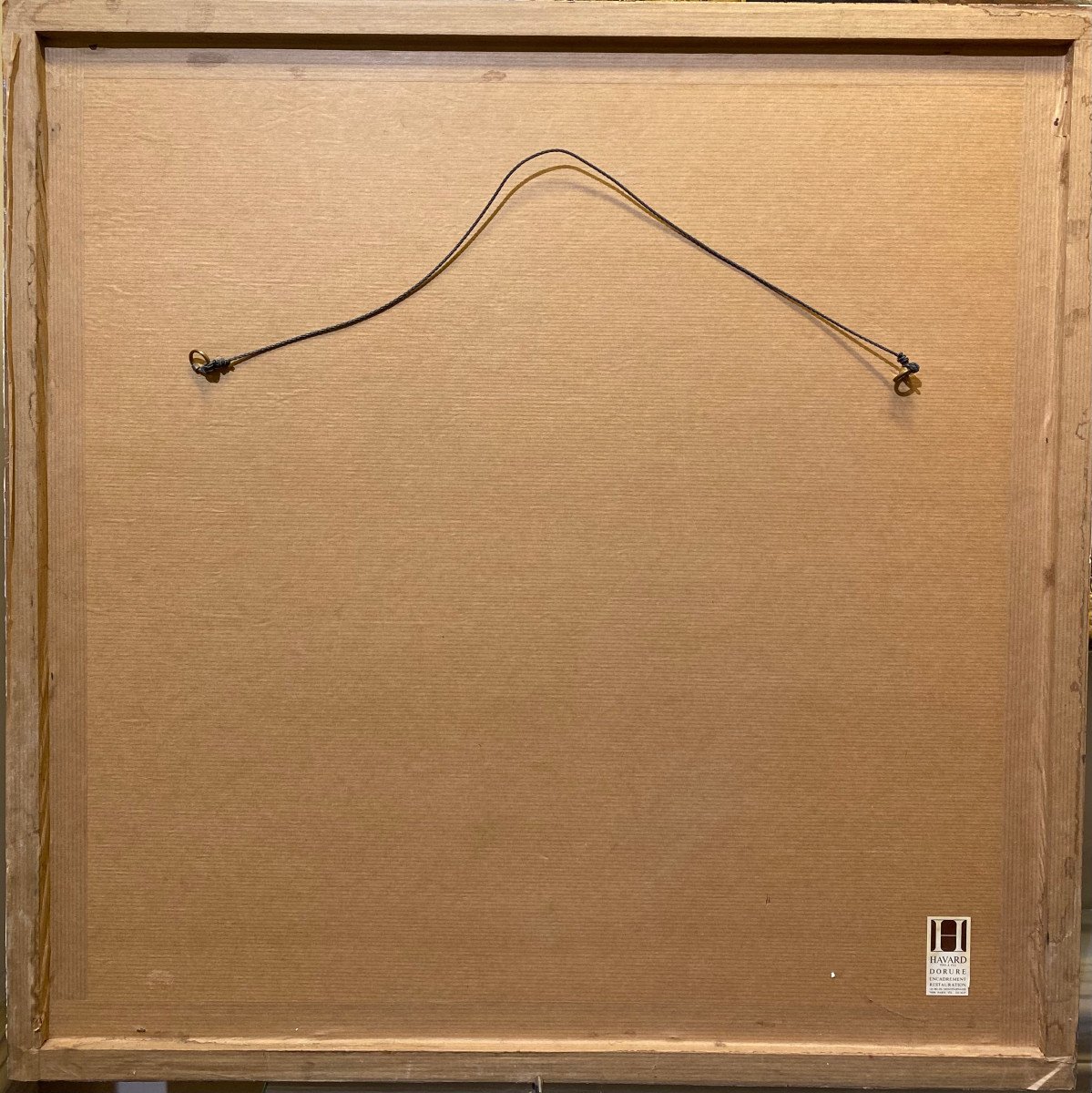






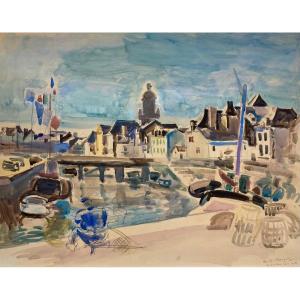

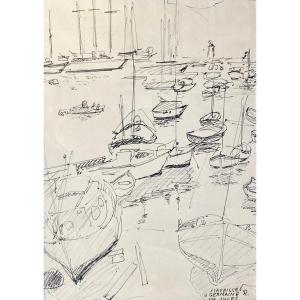
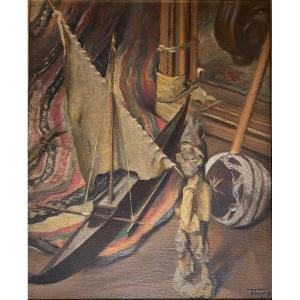
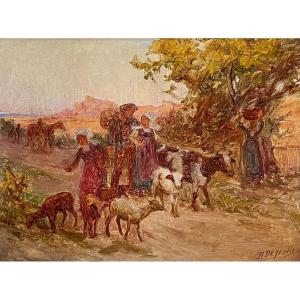












 Le Magazine de PROANTIC
Le Magazine de PROANTIC TRÉSORS Magazine
TRÉSORS Magazine Rivista Artiquariato
Rivista Artiquariato